Hawaii Lava ‘Flood’ Destroys Two More Subdivisions
With hundreds of people still in emergency shelters more than a month into Kilauea volcano's latest eruption, homes are still being destroyed and tempers are fraying.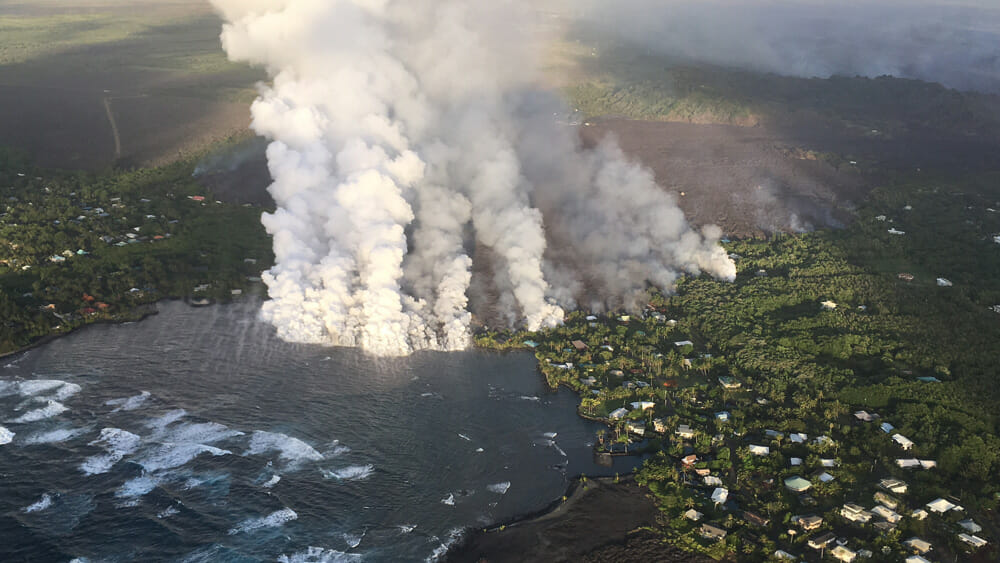 A plume of hazardous laze rises from the ocean as lava enters Kapoho Bay on Hawaii's Big Island on June 3. Within hours, it had destroyed most of the homes in the area.(U.S. Geological Survey)
A plume of hazardous laze rises from the ocean as lava enters Kapoho Bay on Hawaii's Big Island on June 3. Within hours, it had destroyed most of the homes in the area.(U.S. Geological Survey)
On May 3, the ground split open in the community of Leilani Estates on Hawaii’s Big Island and lava began to explode from a line of two dozen fissures. The next day, a magnitude 6.9 earthquake shook the island and the first of more than 70 homes was incinerated by lava. Livelihoods have been lost as thousands of acres of agricultural land have been inundated and the tourism industry has taken a major hit.
9:50 a.m. PDT Thursday, June 7: The number of homes lost to the volcanic eruption on Hawaii’s Big Island is likely to soar to more than 600. The official count of destroyed homes still stands at 130, but that was before the weekend, when a half-mile wide river of lava rushed to the Pacific Ocean and consumed two coastal communities. According to the Honolulu Star-Advertiser, census records indicate that there were about 500 homes in the Vacationland and Kapoho Beach Lots subdivisions, and aerial images show that almost all are buried in lava today.
11:25 a.m. PDT Tuesday, June 5: The worst has happened for residents of two subdivisions in the path of a river of lava from the eruption of Kilauea volcano. The Hawaii Volcano Observatory says most of Kapoho Beach Lots and Vacationland have been inundated by lava, destroying scores more homes and covering one of the most scenic areas of the Big Island.
7:10 p.m. PDT: Confirmed property losses soared Monday from the Big Island’s historic, month-long eruption. Officials announced that 159 homes have been destroyed, eclipsing the previously announced tally of 87. Many were lost over the weekend as a river of lava cut through the Kapoho area and entered the Pacific Ocean. “There’s a lot of destruction,” Hawaii County Civil Defense administrator Talmadge Magno said. “It’s like a flood—it’s just pouring out, covering everything in its path. It looks like there’s no stopping it.”
From the U.S. Geological Survey, an aerial view of Kapoho Bay on Monday morning:
Officials warned of the dangers of laze, a hazardous steam plume generated when lava hits the ocean water.
The latest estimate on the amount of land covered since the eruption began May 3 is 7.7 square miles. A fountain of lava reaching more than 200 feet continues to feed the flow.
10:05 a.m. PDT: Officials confirm that lava has entered the Pacific Ocean at Kapoho Bay on the southeast coast of Hawaii’s Big Island. A half-mile wide flow front has been advancing on the coastal communities of Kapoho Beach Lots and Vacationland, threatening to overwhelm one of the island’s most scenic areas. An unknown number of homes have been destroyed in the past two days.
9:45 a.m. PDT Monday, June 4: First responders are conducting search and rescue operations in the isolated Kapoho Beach Lots and Vacationland communities. Residents who refused to heed a mandatory evacuation order are being cited if they require rescue by helicopter. Three were airlifted to safety Sunday.
8:20 p.m. PDT: A 5.5 earthquake rocked the Big Island at 3:50 p.m. Hawaii time Sunday, the largest of the day in a swarm associated with volcanic activity at the Kilauea summit.
4:45 p.m. PDT: The Hawaiian Volcano Observatory says more than 500 earthquakes were logged at the Kilauea summit between Saturday and Sunday morning—the highest number ever recorded there in a 24-hour period. Seismologist Brian Shiro said volcanologists believe rocks and debris are blocking the conduit in Halemaumau crater at the summit and more explosions may be imminent. Volcanic ash from earlier explosions has been ejected thousands of feet into the air and settled in downwind communities.
12:35 p.m. PDT: Three people trapped by lava in the Kapoho area were airlifted to safety by helicopter on Sunday. The three were spotted by Hawaii state Sen. Kaialii Kahele during a helicopter overflight Saturday. No one was hurt.
9:55 a.m. PDT Sunday: Lava has inundated an intersection known locally as the Four Corners, isolating the oceanside communities of Kapoho Beach Lots and Vacationland. According to the Hawaii County Civil Defense, a wide flow front has destroyed “multiple structures” as it enters Kapoho Beach Lots. The area includes Champagne Ponds, a scenic tourist destination known for its warm-water tide pools. A dramatic aerial video on Big Island Video News shows the lava flow approaching the coast:
9:30 a.m. PDT Sunday: Lava advancing toward two oceanside communities on the Big Island of Hawaii apparently has evaporated all the waters of Green Lake, the largest freshwater lake in the Hawaiian Islands.
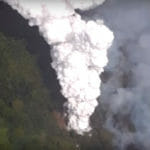
According to Hawaii News Now, “[A]n aerial assessment revealed the lava appeared to have filled the lake and evaporated all the water. Green Lake is believed to be four centuries old, and at least one study put its depth at 200 feet in spots.”
5:00 p.m. PDT Saturday, June 2: One harrowing month into the eruption of Kilauea volcano on Hawaii’s Big Island, the community’s social fabric is being strained by a daily barrage of shock and loss. The normally laid-back people of the island’s Puna district are showing increasing signs of trauma:
● In lava-devastated Leilani Estates, a man faced a string of charges Wednesday after allegedly shooting at a neighbor.
● Another Leilani resident defied police instructions to stay out of the evacuation zone and, apparently intoxicated, crashed his pickup truck into a wall of lava that had hardened across a closed section of highway. He was arrested Thursday.
● A man registered at one of the island’s evacuation shelters was found dead in a wooded area near the shelter, an apparent suicide. Police said he was despondent after the breakup of a romantic relationship.
For disaster-weary Puna, there’s no end in sight. Several fissures are still spewing great volumes of lava, and one—known as Fissure 8—is fueling a rapid new flow to the ocean.
On Thursday, more areas of hard-hit Leilani Estates faced mandatory evacuation. Authorities worried that a swollen lava channel could breach its banks.
On Friday, the residents of two more communities, Kapoho Beach Lots and Vacationland, were given hours to get out or be isolated by a fast-moving lava flow front that has grown to 300 yards wide. The flow crossed the area’s last road to safety Saturday morning.
In the past week, lava claimed more of the Puna Geothermal Venture plant, which supplied 20 percent of the island’s energy until it was abandoned as the flow approached—exacerbating the island’s problems. The plant has faced opposition since its inception in 1989: Neighboring residents have long feared that a potential lava inundation could cause an uncontrolled release of dangerous hydrogen sulfide gas, although emergency management officials consider that scenario unlikely.
As if the eruption wasn’t destructive and scary enough, Hawaii island is dealing with other torments with intriguing names: vog, laze and Pele’s hair.
Vog is sulfur dioxide-laced volcanic fog. (Sunday’s vog level in Puna and the Big Island’s southwest is predicted to be hazardous.) Laze is lava haze, which forms when lava enters the ocean and is a poisonous brew of hydrogen chloride and tiny slivers of glass. Pele’s hair, named for the volcano goddess Pele, is the eruptive fallout of fine strands of volcanic glass.
All these put downwind communities at risk, as does volcanic ash, which has been regularly exploding from the crumbling Halemaumau crater at the Kilauea summit. Borne on prevailing trade winds, the ash is coating the towns of Volcano and Pahala and neighborhoods in the Kau district to the southwest. The latest in a swarm of earthquakes associated with the summit explosions measured 5.4 Friday.
More than 400 residents are in emergency shelters; some have been displaced for as long as a month. A number of organizations, including Habitat for Humanity, the Salvation Army and United Way, are accepting donations.
The shelters have been busy offering mental health counseling to those in need. Emergency personnel are stretched to the breaking point dealing with the ever-changing conditions.
“It’s almost like your life is on hold,” said Leilani Estates evacuee John Davidson. “It’s not like it’s a hurricane where you think, ‘OK, in three days it’ll be here and go.’ … This is almost like a slow-motion train wreck.”
Your support matters…Independent journalism is under threat and overshadowed by heavily funded mainstream media.
You can help level the playing field. Become a member.
Your tax-deductible contribution keeps us digging beneath the headlines to give you thought-provoking, investigative reporting and analysis that unearths what's really happening- without compromise.
Give today to support our courageous, independent journalists.
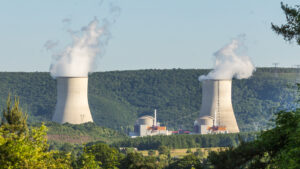
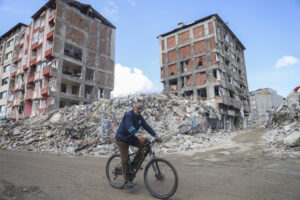
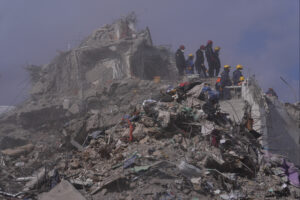
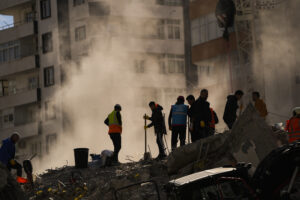
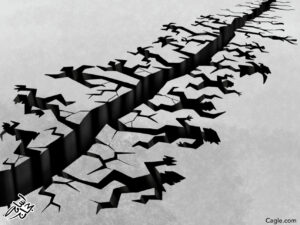



You need to be a supporter to comment.
There are currently no responses to this article.
Be the first to respond.